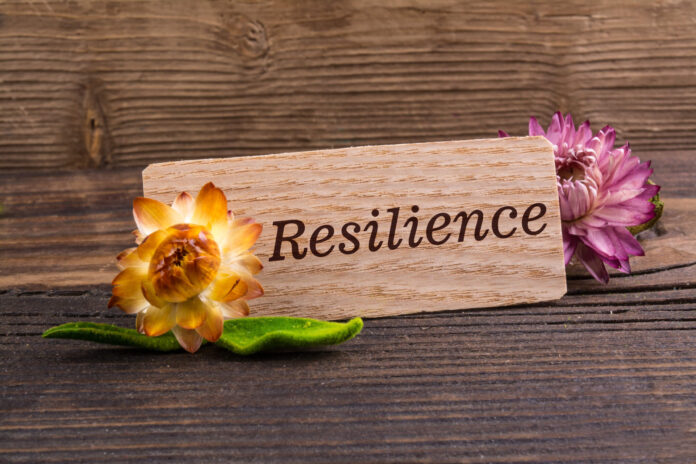Essential building blocks form the foundation for a secure and stable financial future in the journey towards financial resilience. From saving and budgeting to investing and emergency preparedness, these building blocks cover a wide range of personal financial aspects. By understanding and implementing these key components, you can strengthen your financial resilience and better navigate the ups and downs of life.
Building an Emergency Fund: Your Financial Safety Net
A vital part of financial resilience is having an emergency fund, which acts as a safety net against unforeseen costs or changes in income. Three to six months’ worth of living expenditures, such as housing, utilities, food, and other necessities, should ideally be covered by your emergency fund. Establish a sensible savings target at first, considering your monthly spending, and then progressively increase your emergency fund over time. To guarantee constant contributions, consider automating your savings by arranging for regular transfers from your checking account to your emergency fund. Having a sizable emergency fund in place gives you comfort in knowing that you’re ready for unanticipated expenses.
Budgeting Basics: Mastering Your Cash Flow
Budgeting is the cornerstone of financial resilience, providing a roadmap for managing your income and expenses effectively. In order to make sure you’re living within your means and conserving money for your financial objectives, budgeting essentially entails recording your income and expenses. Begin by enumerating all of your sources of income and classifying your spending into necessities (such as housing, food, and utilities) and extravagance (like eating out and entertainment). To be ready for unforeseen costs, try setting aside a percentage of your salary for savings and emergency reserves. You’ll have more control over your money and experience less financial stress if you can manage your cash flow through budgeting.
Debt Management Strategies: Tackling Debt Head-On
Debt can seriously impede your ability to be financially resilient by depleting your resources and restricting your options. To take back control of your money and establish a more solid financial foundation, you must put smart debt management tactics into practice. Examine your existing debt status first, taking into account interest rates, payback arrangements, and outstanding sums. Consider paying off high-interest loans all at once or negotiating cheaper interest rates or installment agreements with creditors. Examine ways of repaying debts, such as the avalanche or snowball approaches, in order to prioritize your debt payback. By taking on debt head-on, you’ll increase your financial resilience by freeing up more funds for investments and savings.
Investing for the Future: Growing Your Wealth
Achieving financial resilience and accumulating long-term wealth can be accomplished by investing. Despite the risks involved, investing sensibly can increase your assets and help you reach your financial objectives. Start by familiarizing yourself with the many investing possibilities available, including stocks, bonds, mutual funds, and real estate. Consider seeking guidance from a certified financial planner in Summerlin, Nevada, or your area to develop an investment strategy tailored to your risk tolerance and financial objectives. To distribute risk across many asset classes and industries, diversify your portfolio. You should also periodically assess and make any necessary adjustments to your assets. In addition to increasing your wealth, investing for the future makes you more resilient financially to changes in the market and downturns in the economy.
Retirement Planning: Securing Your Golden Years
A crucial component of financial resilience is retirement planning, which guarantees that you’ll be ready to sustain your lifestyle in your elder years. First, calculate your retirement spending, accounting for things like inflation, healthcare expenditures, and lifestyle choices. Contribute to retirement accounts to benefit from employer matching contributions and tax advantages, such as 401(k)s, IRAs, or pension plans. To design a thorough retirement plan that fits your objectives and timeframe, think about speaking with a qualified financial planner. Regularly review your retirement plan and make adjustments as needed to stay on track toward a financially secure retirement.
Insurance Protection: Safeguarding Against Risks
Insurance is essential to financial resilience because it shields you from unanticipated hazards and helps you when you most need it. Examine your requirements for health, life, disability, vehicle, and house insurance, among other types of insurance. Make sure you have enough insurance to protect your family members and valuables from future harm or loss. Make any required revisions to your insurance plans and periodically review them to make sure they still suit your requirements. You can reduce financial risks and improve your overall financial resilience by putting the appropriate insurance cover in place.
Conclusion
By mastering these essential building blocks of financial resilience, you’ll be better equipped to weather life’s financial challenges and pursue your long-term financial goals with confidence. Remember to prioritize financial education, seek guidance from trusted professionals when needed, and remain proactive in managing your finances. With dedication and discipline, you can build a solid financial foundation that empowers you to thrive in any economic environment.



